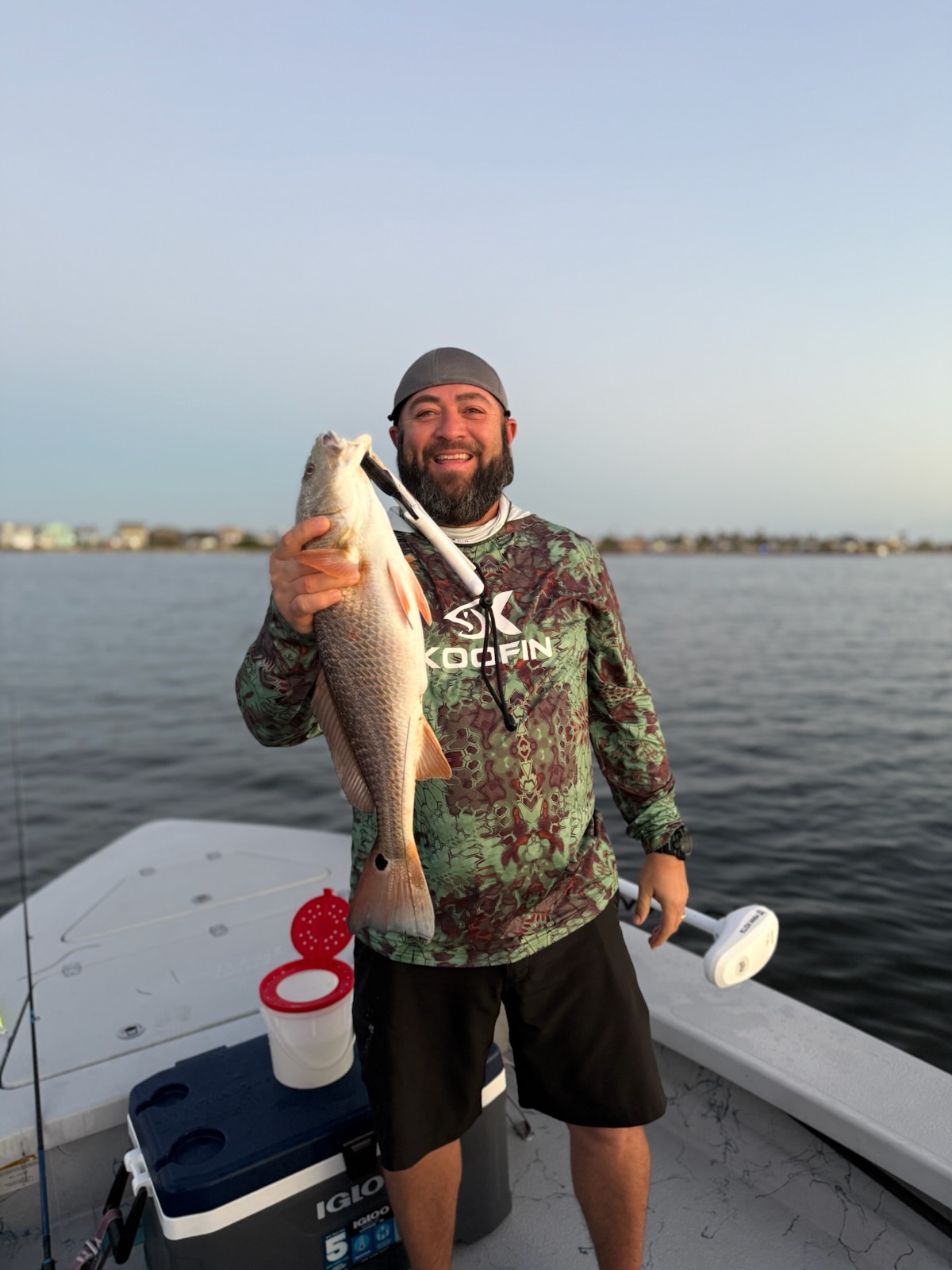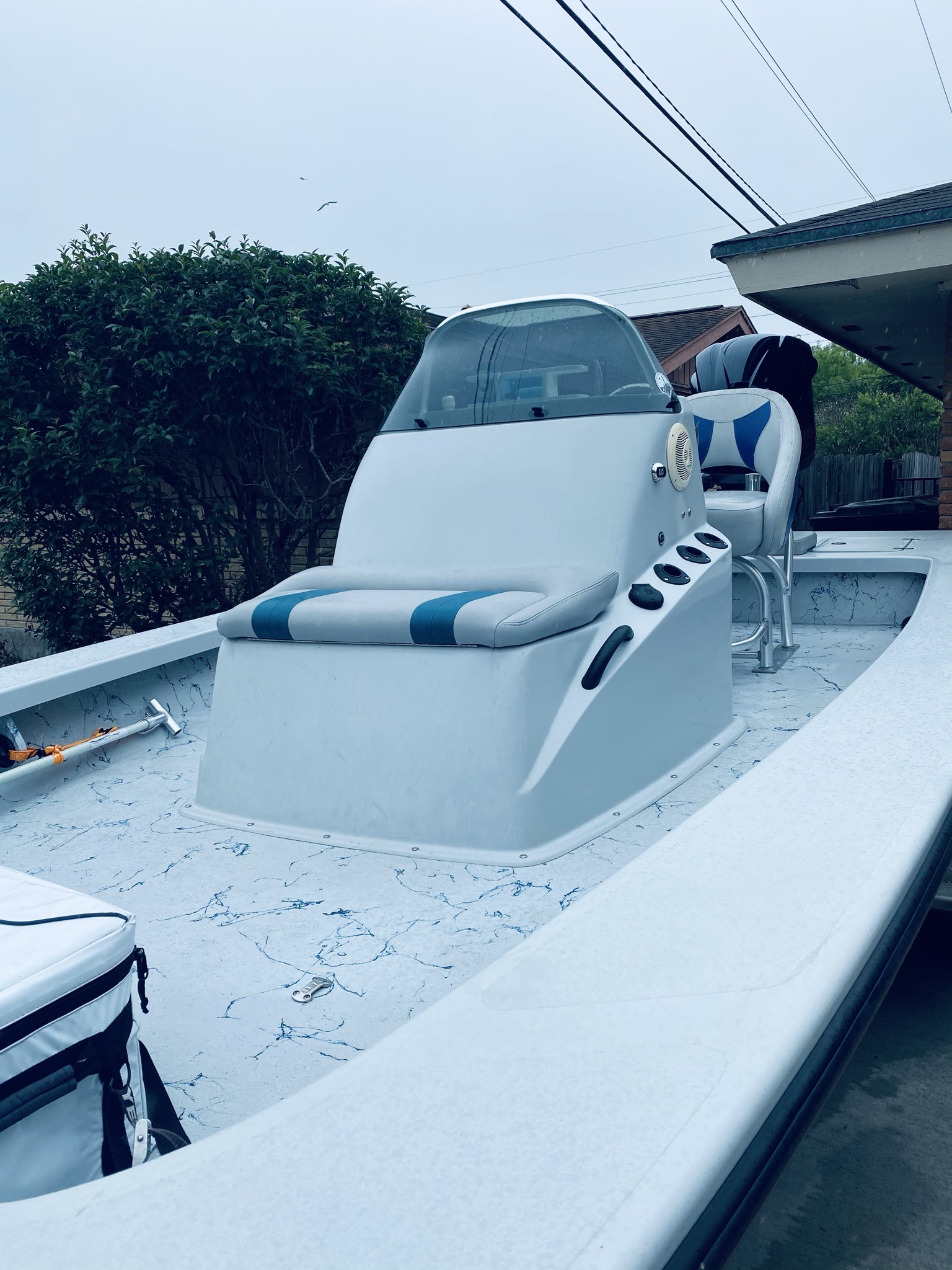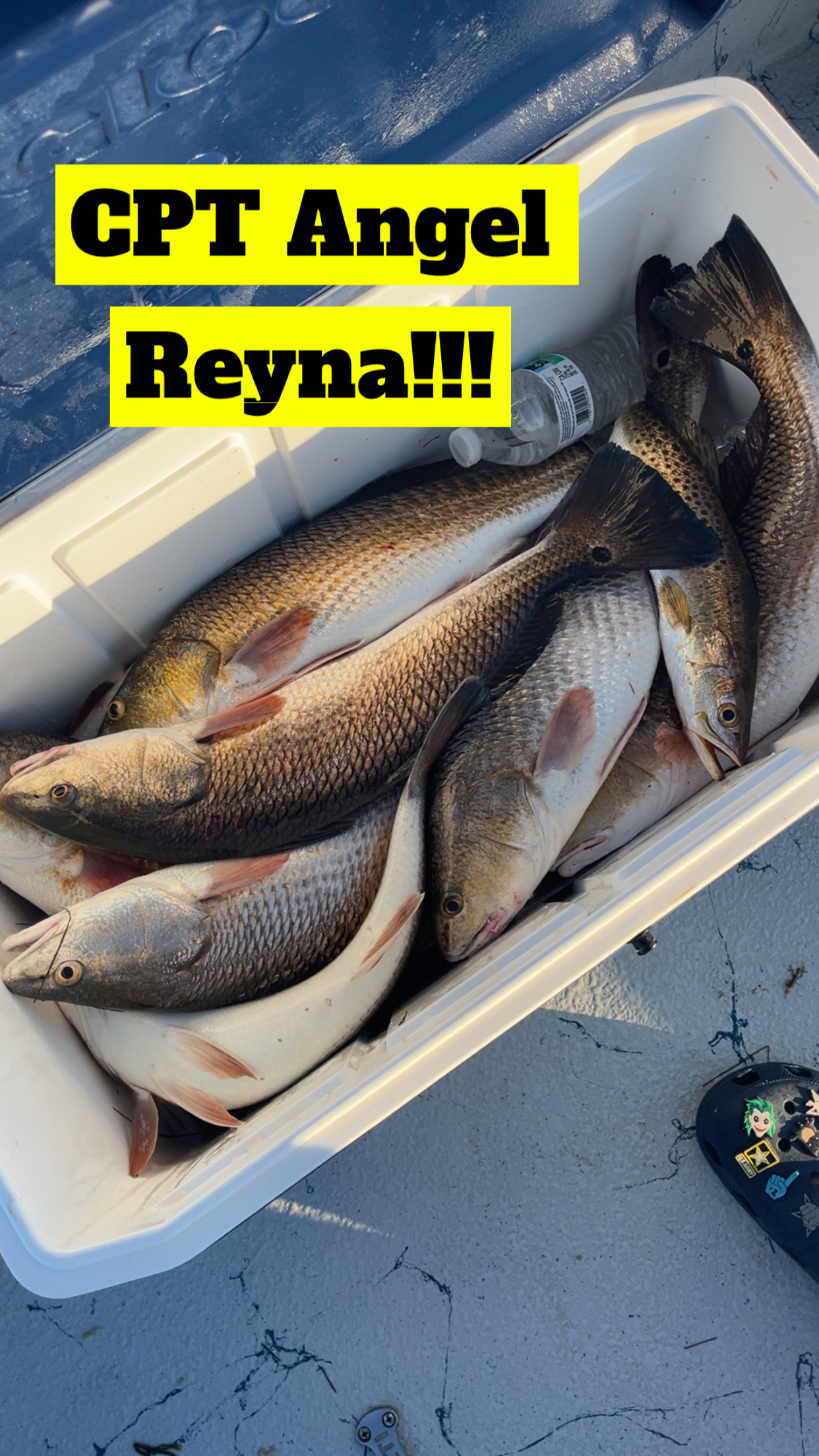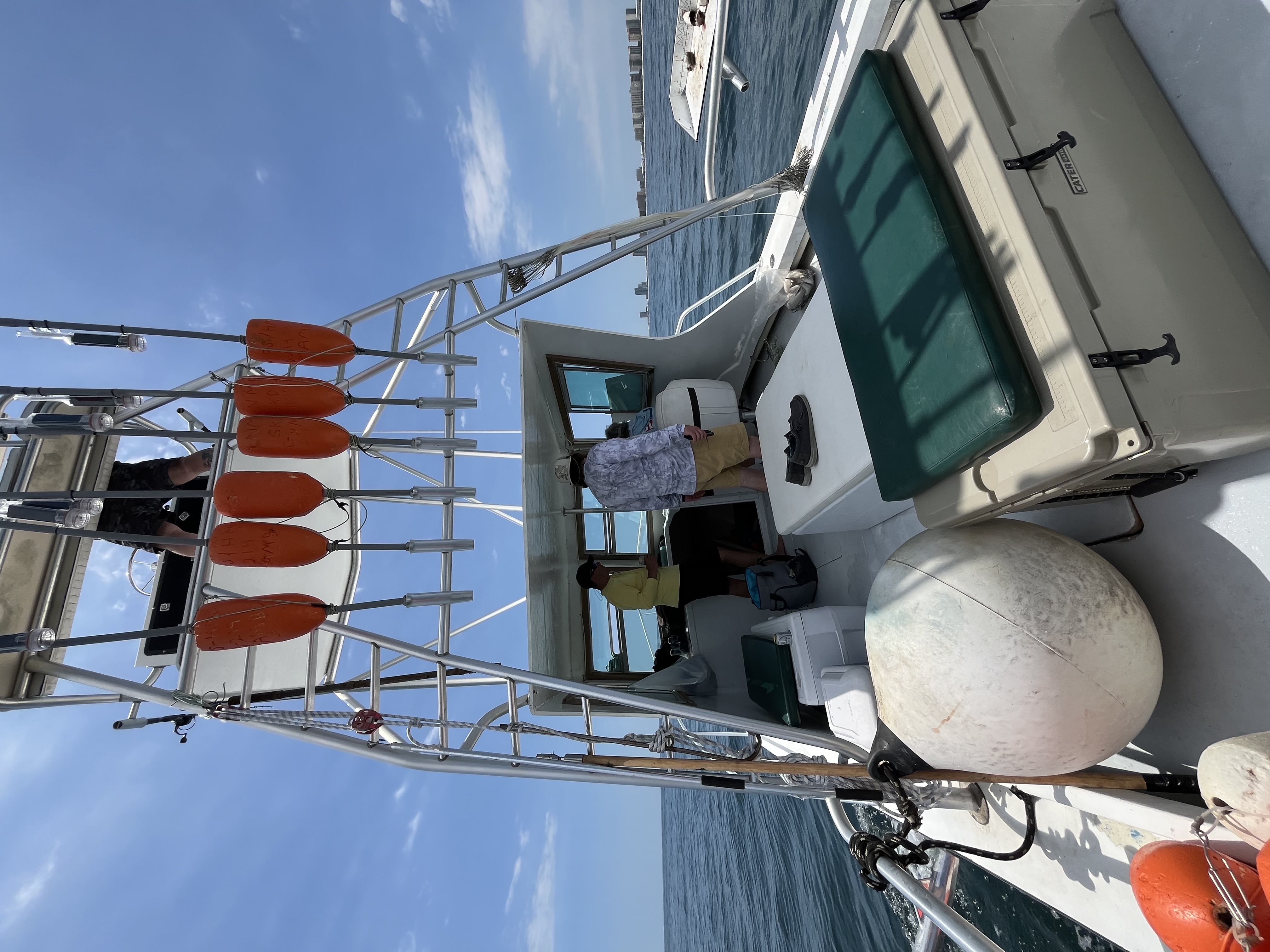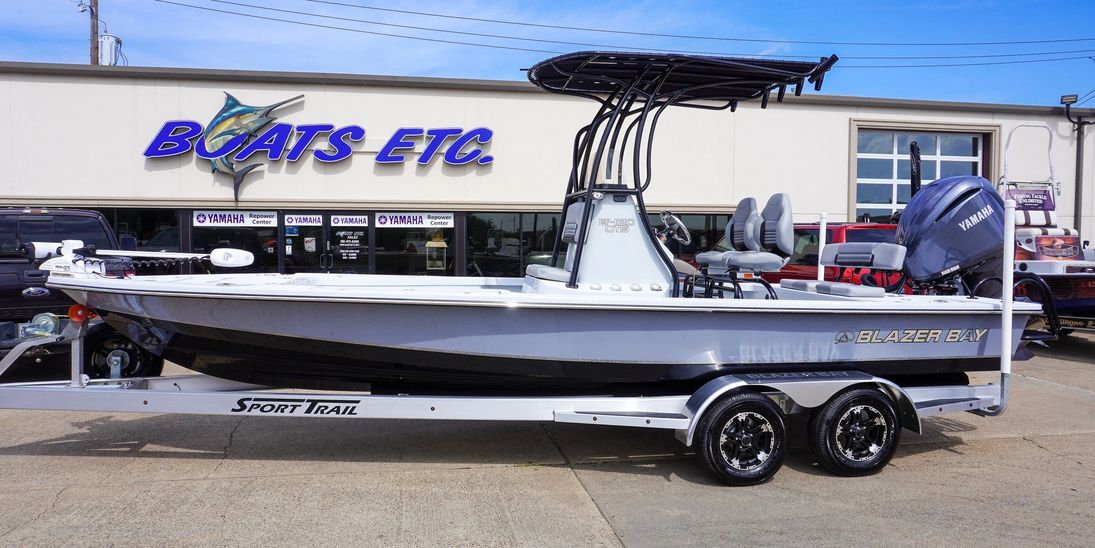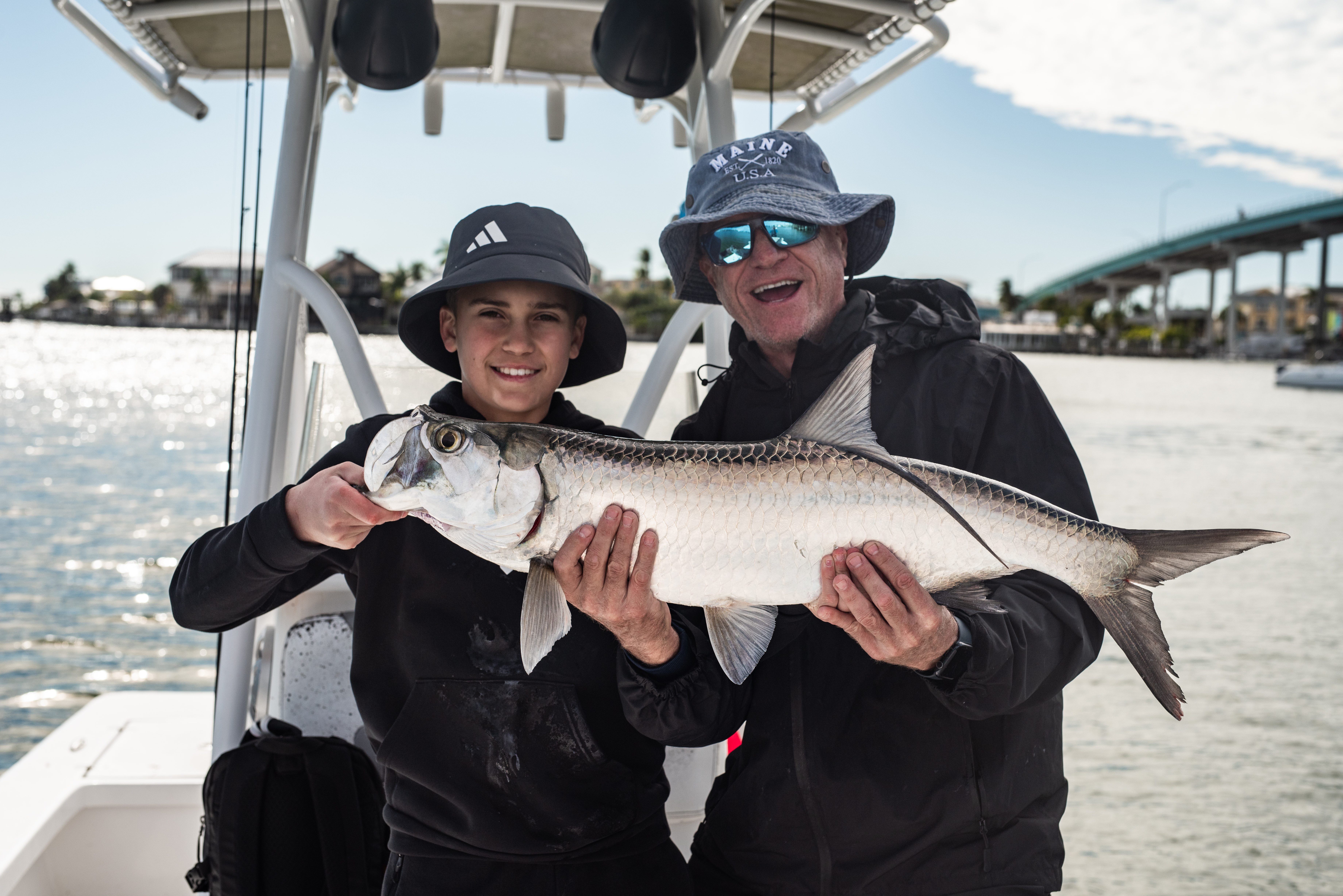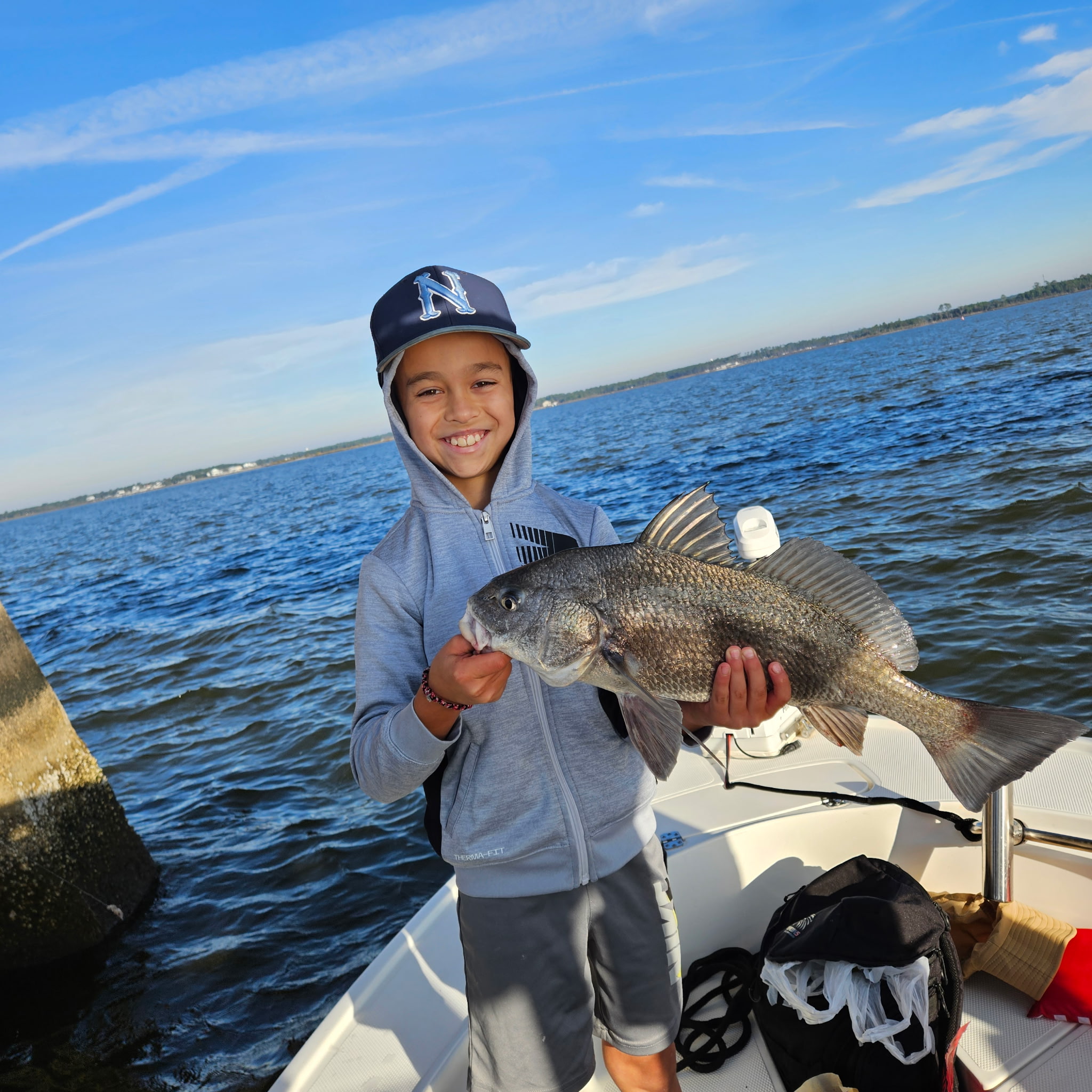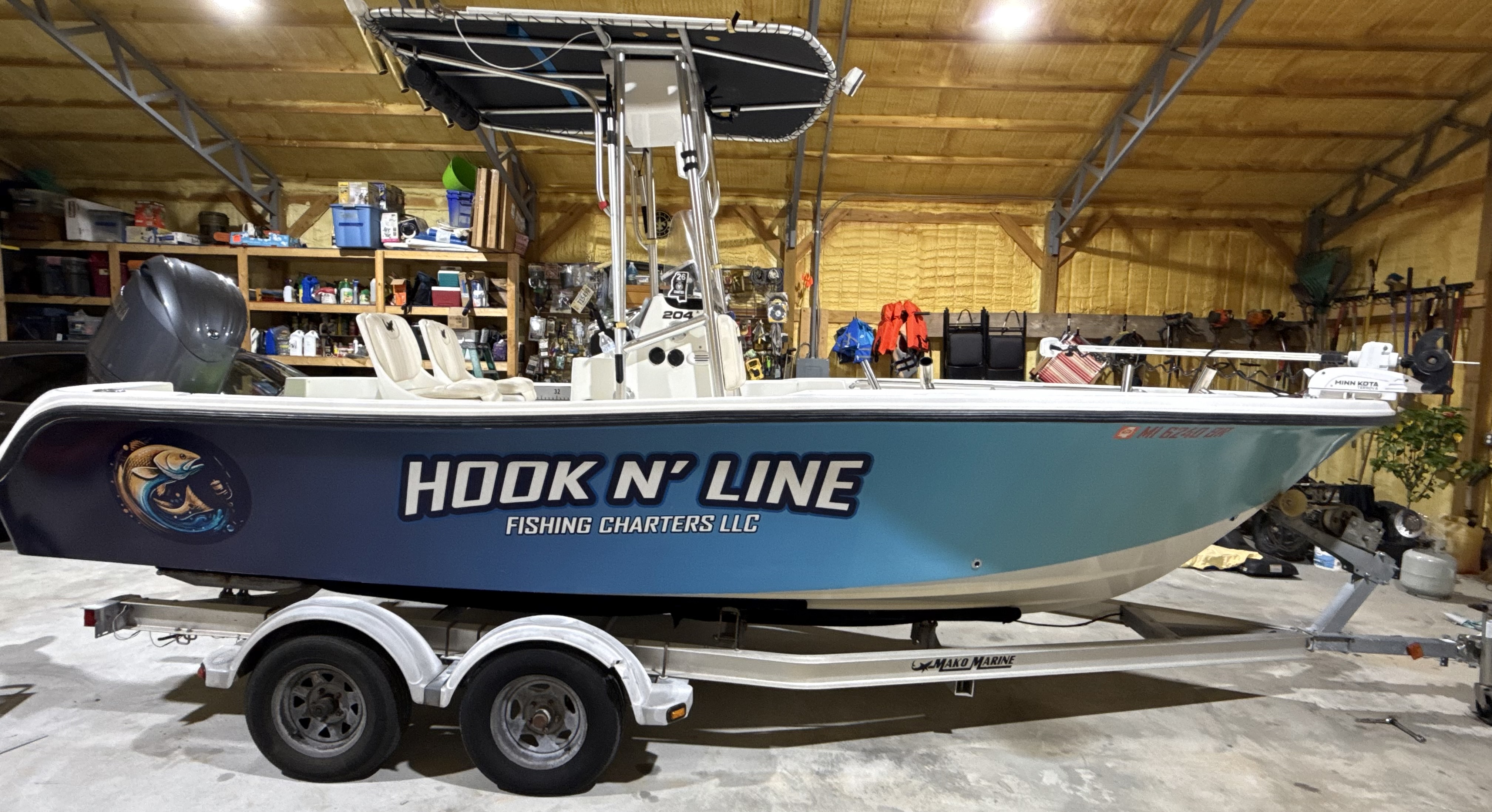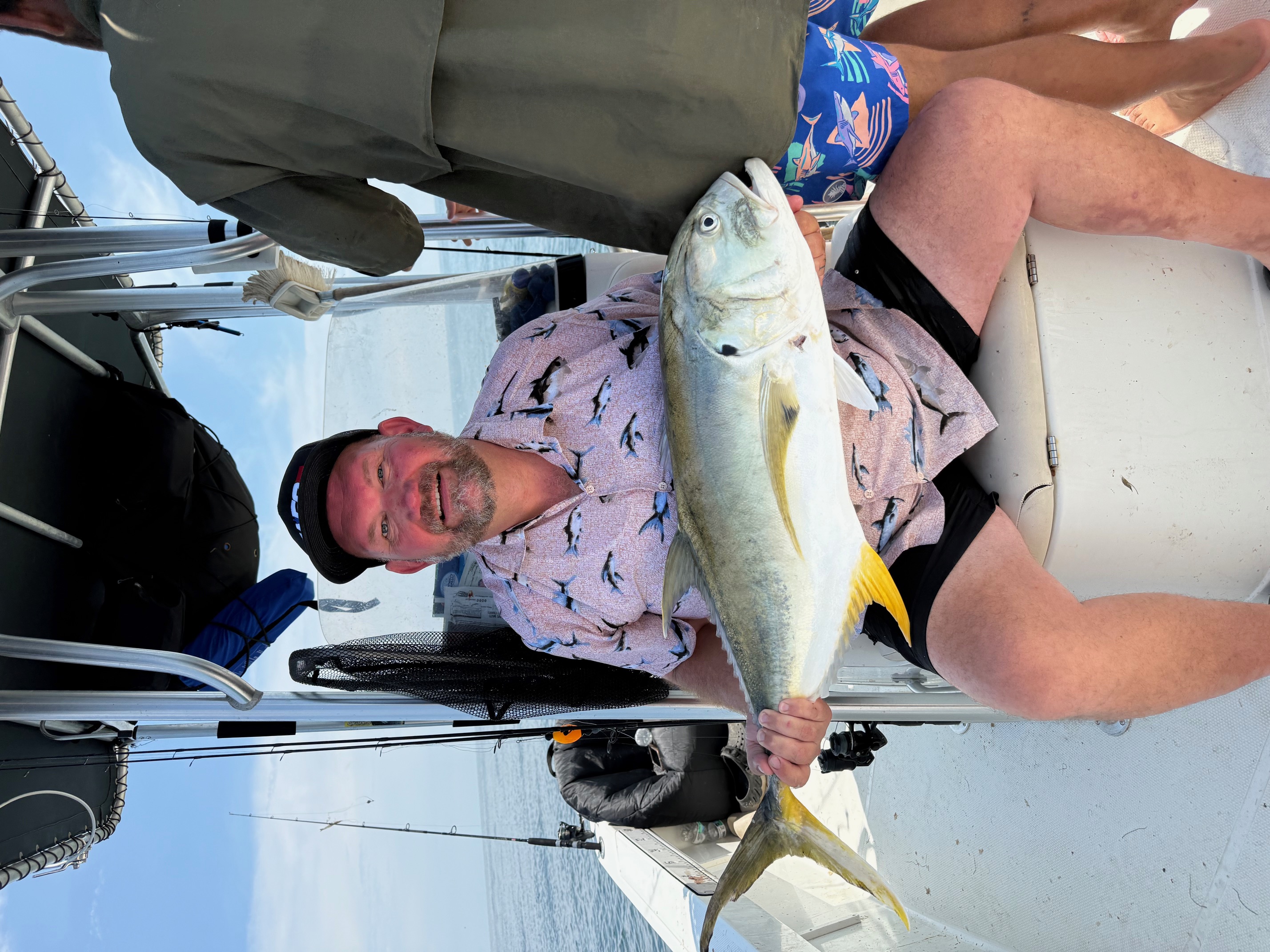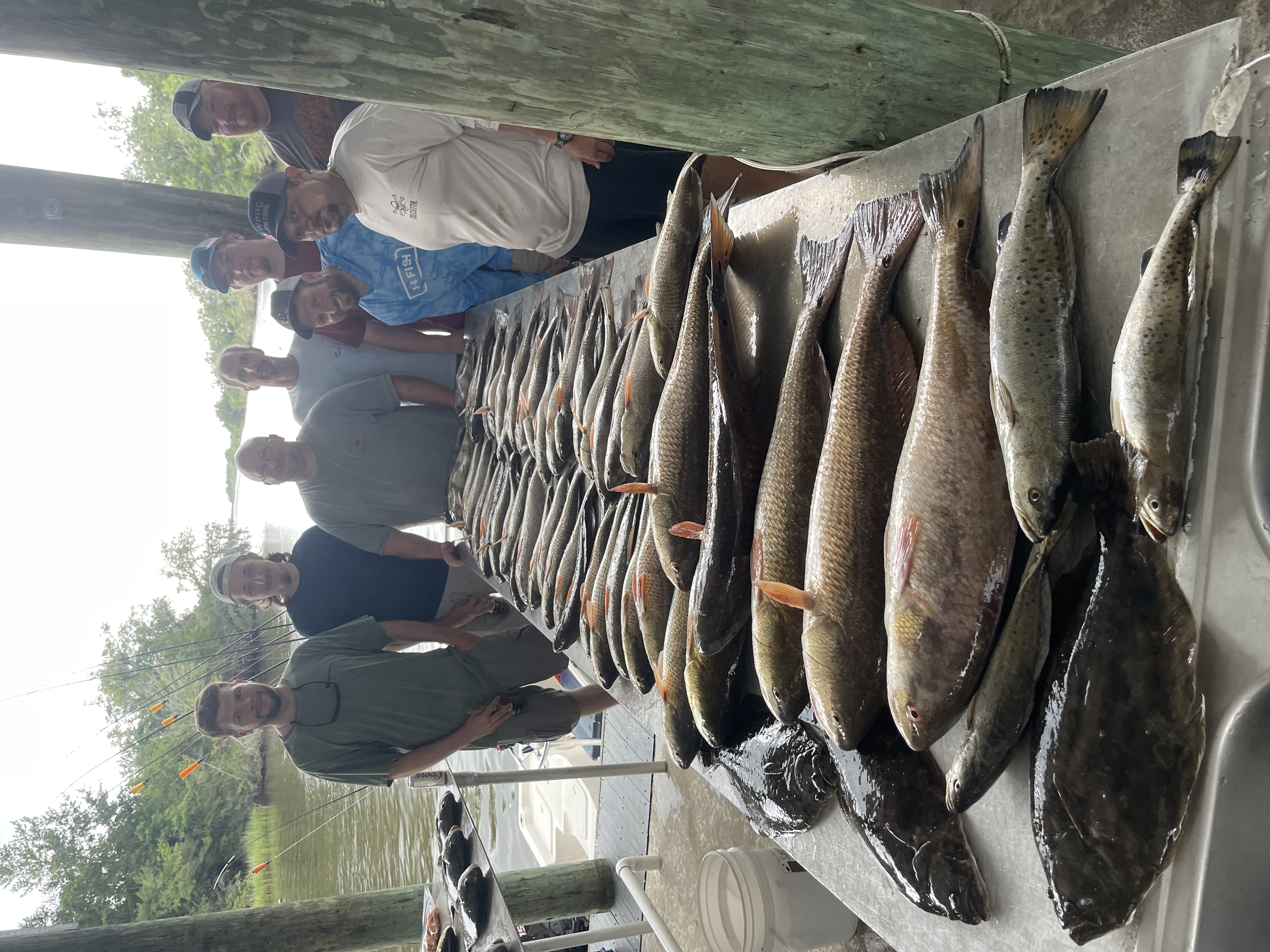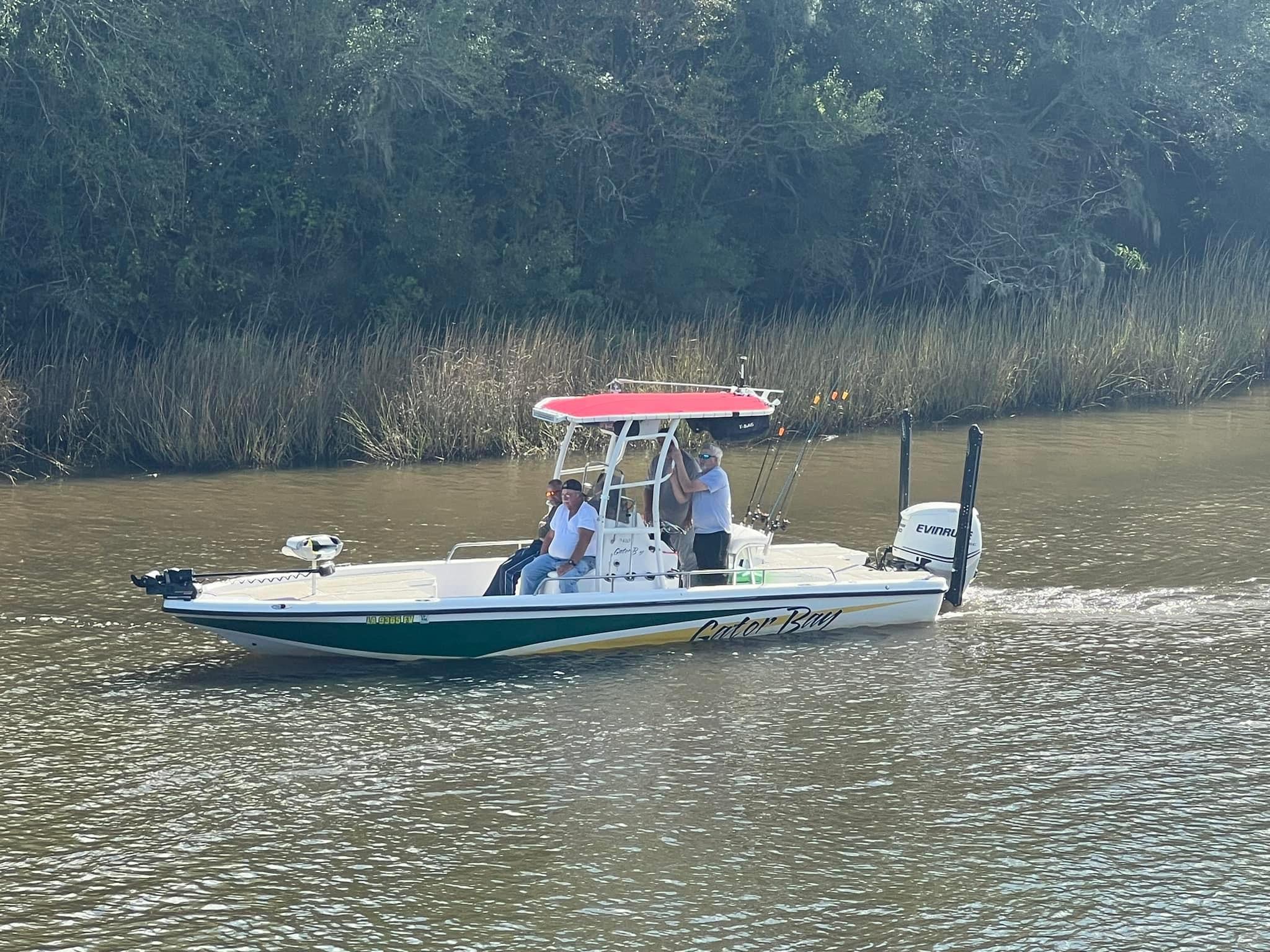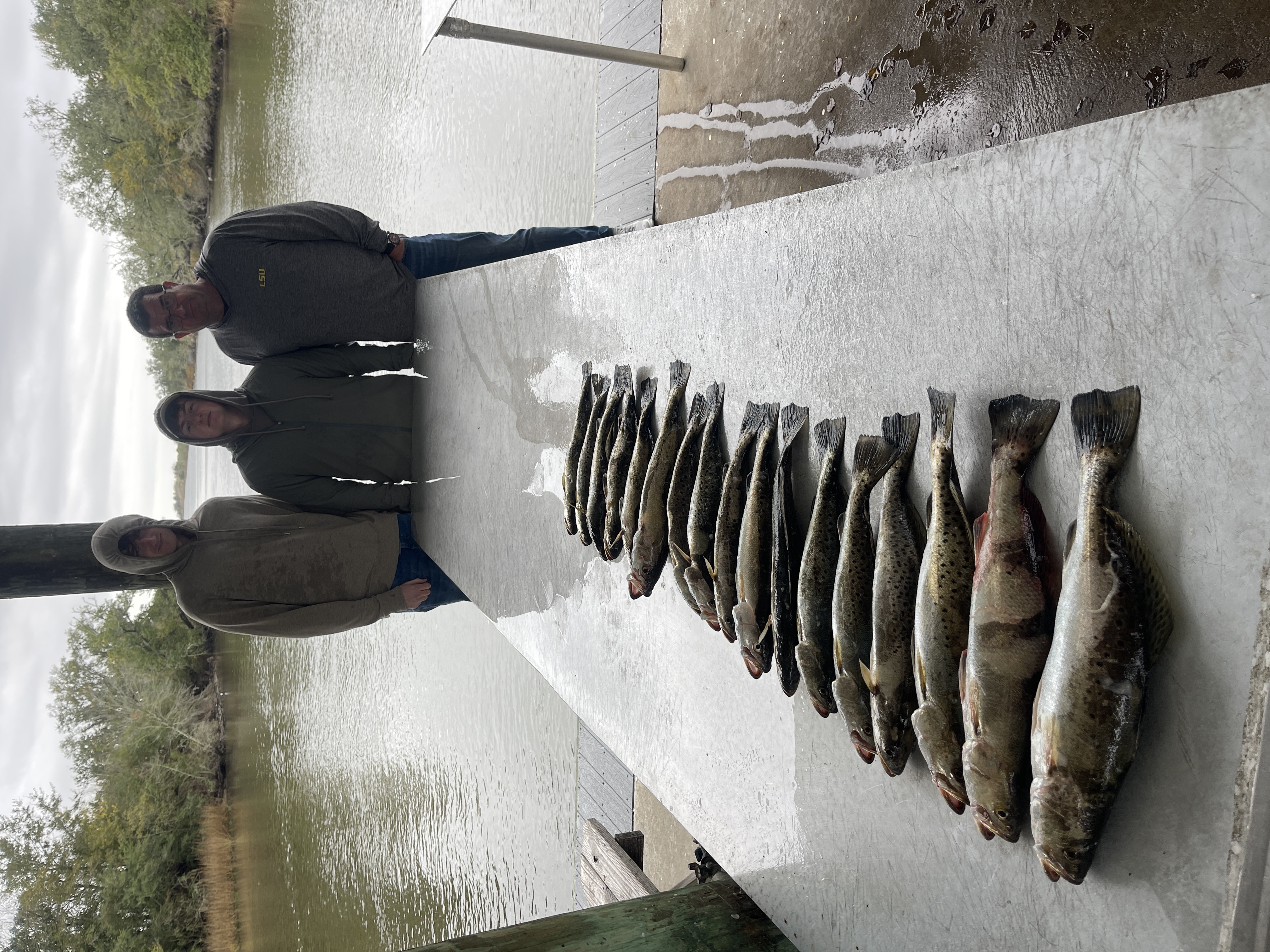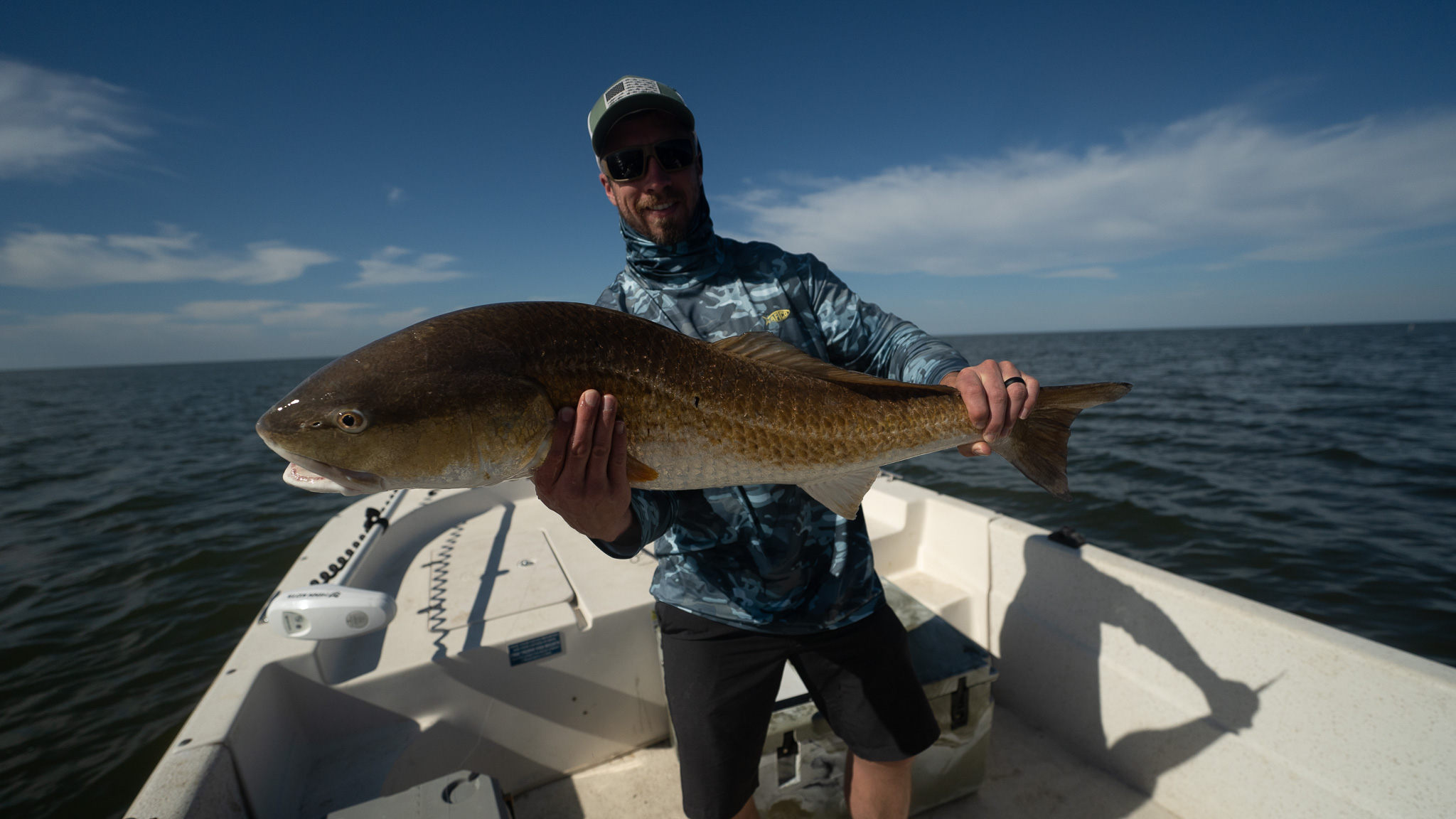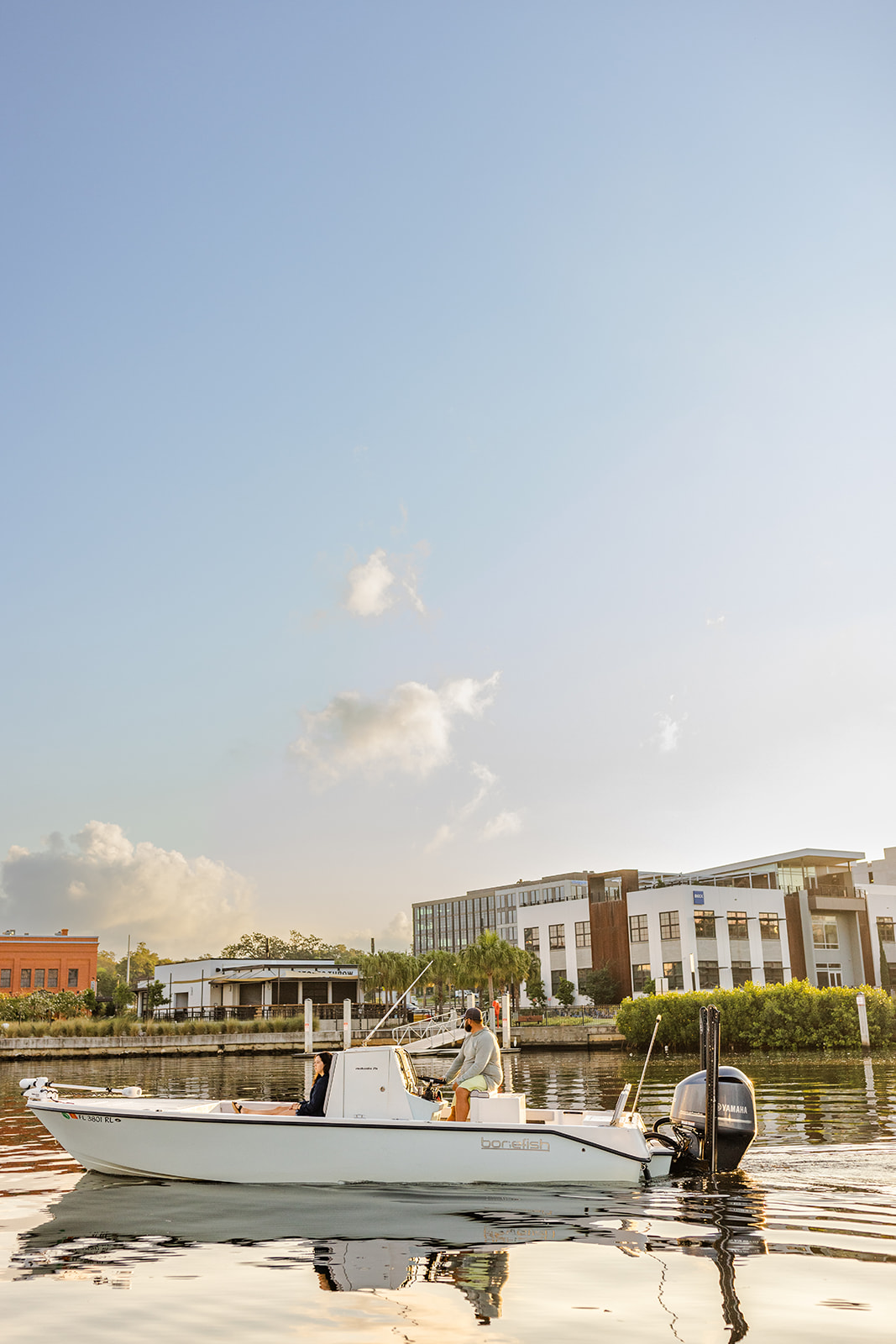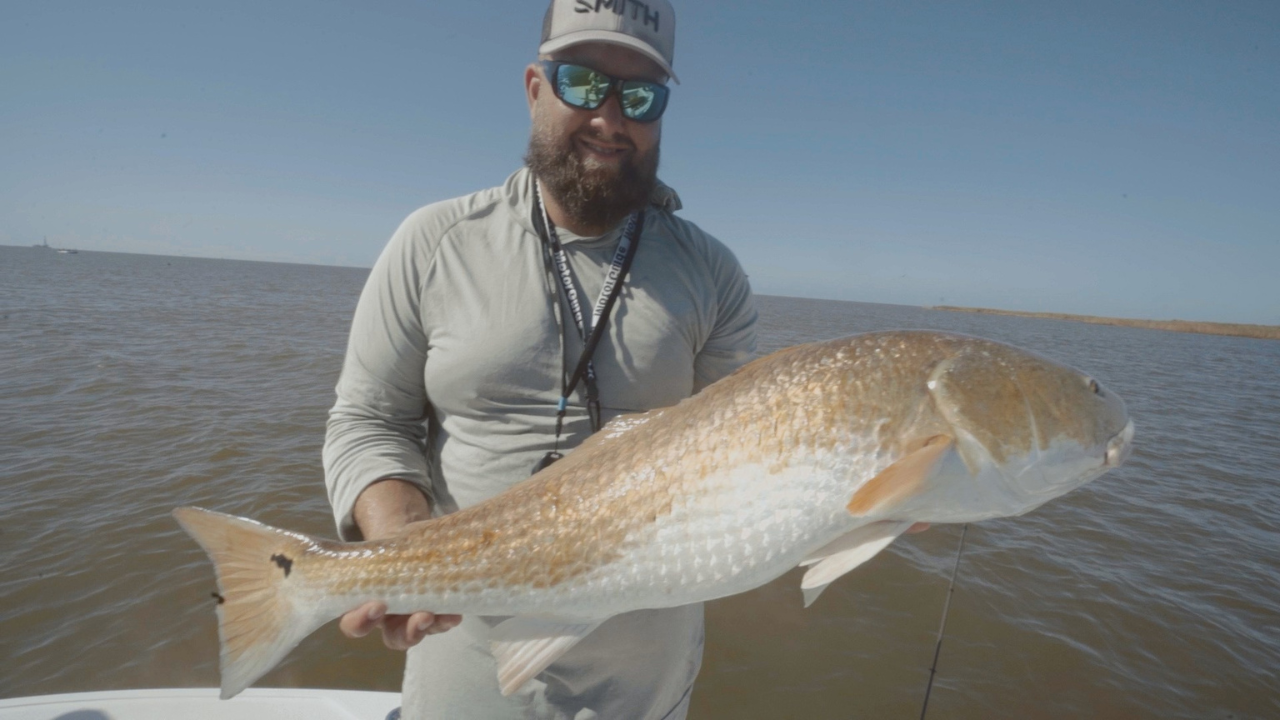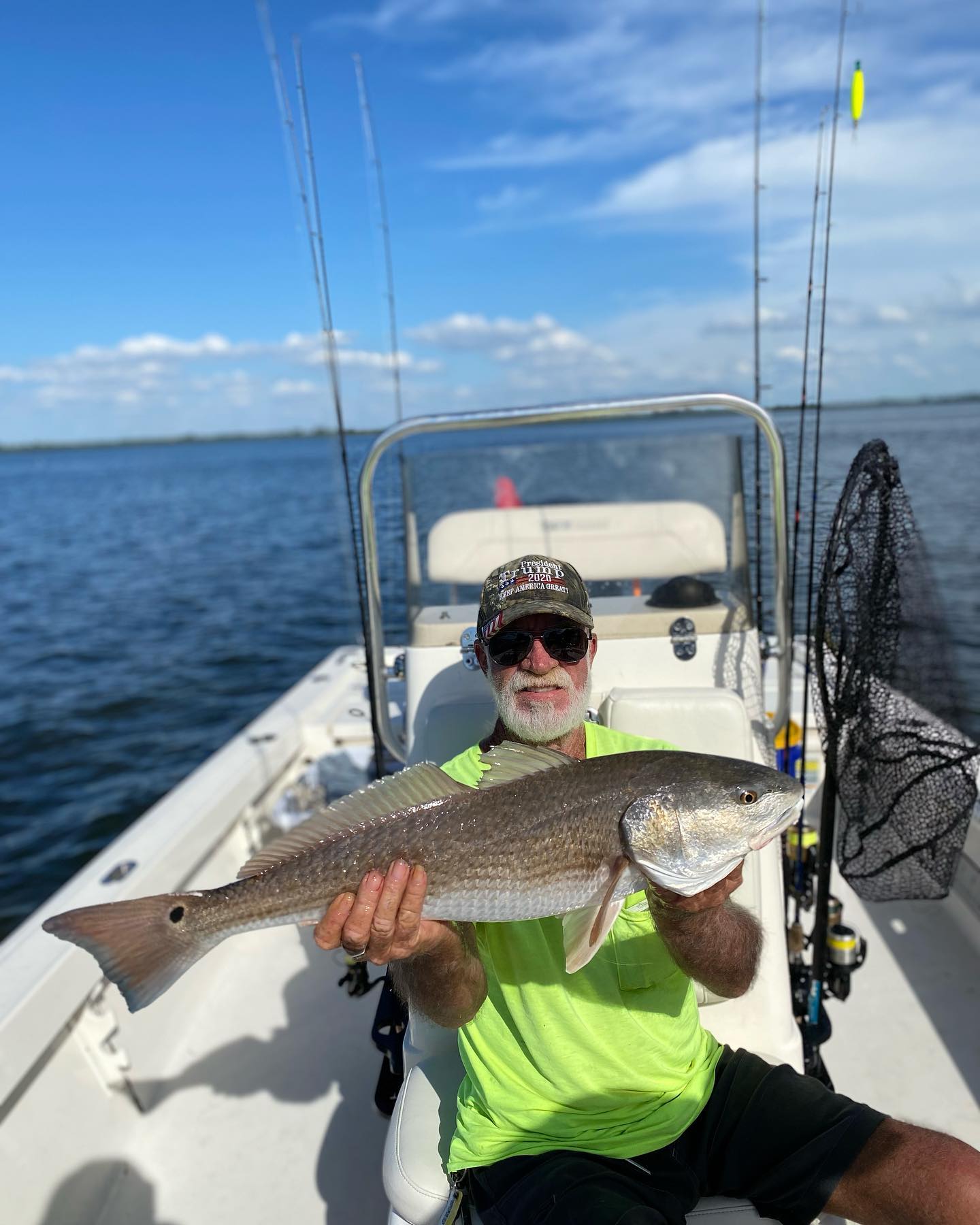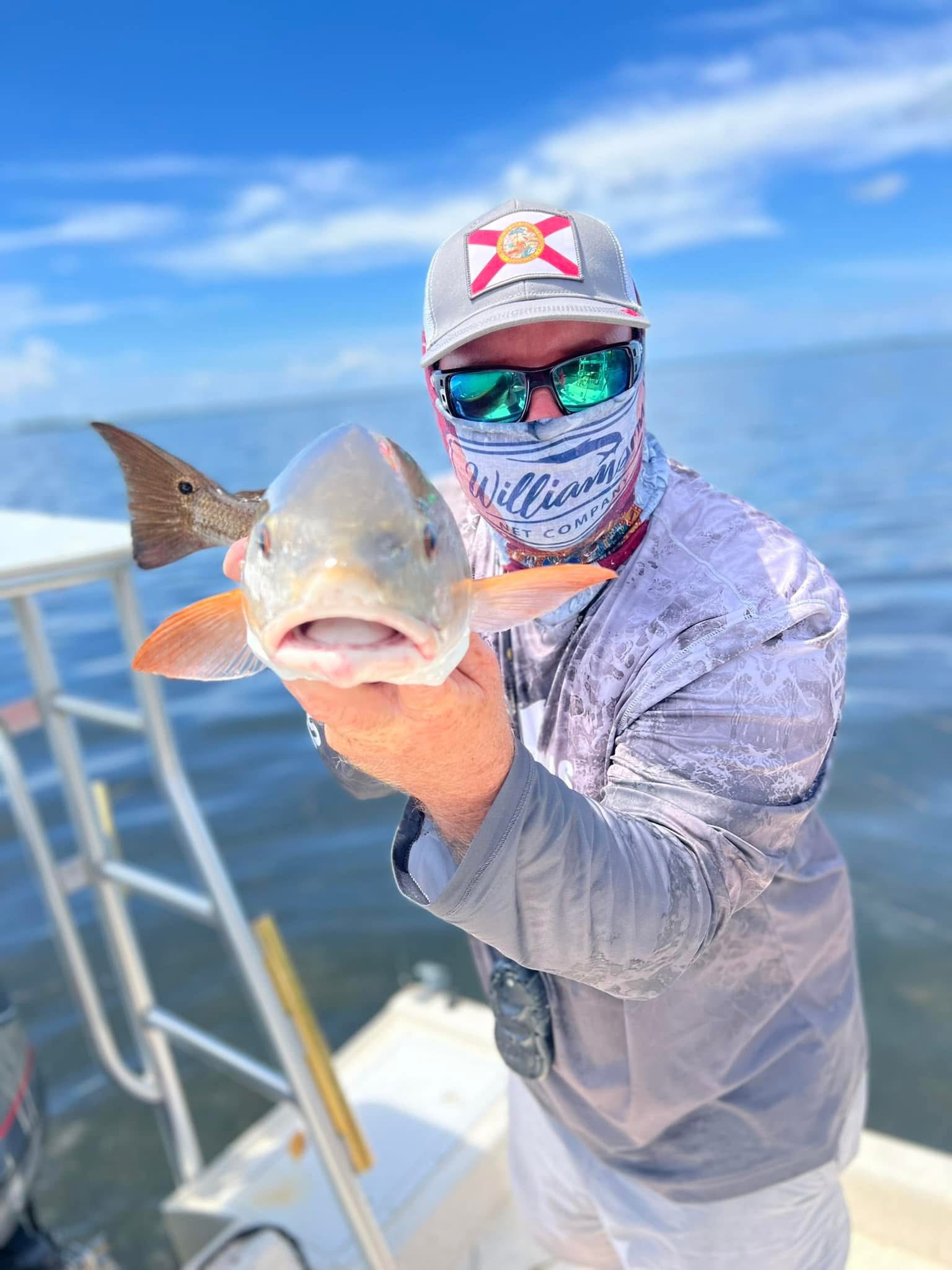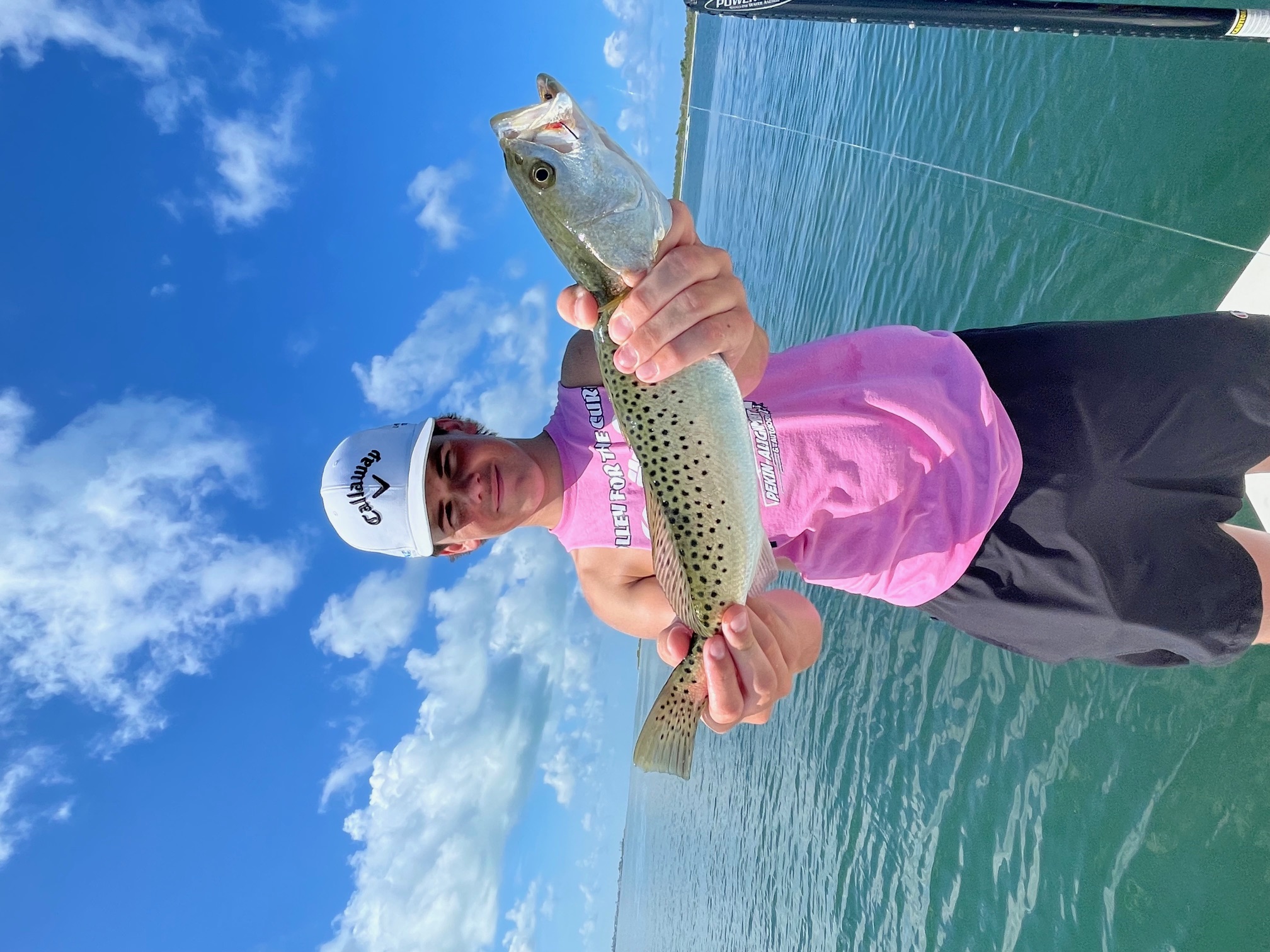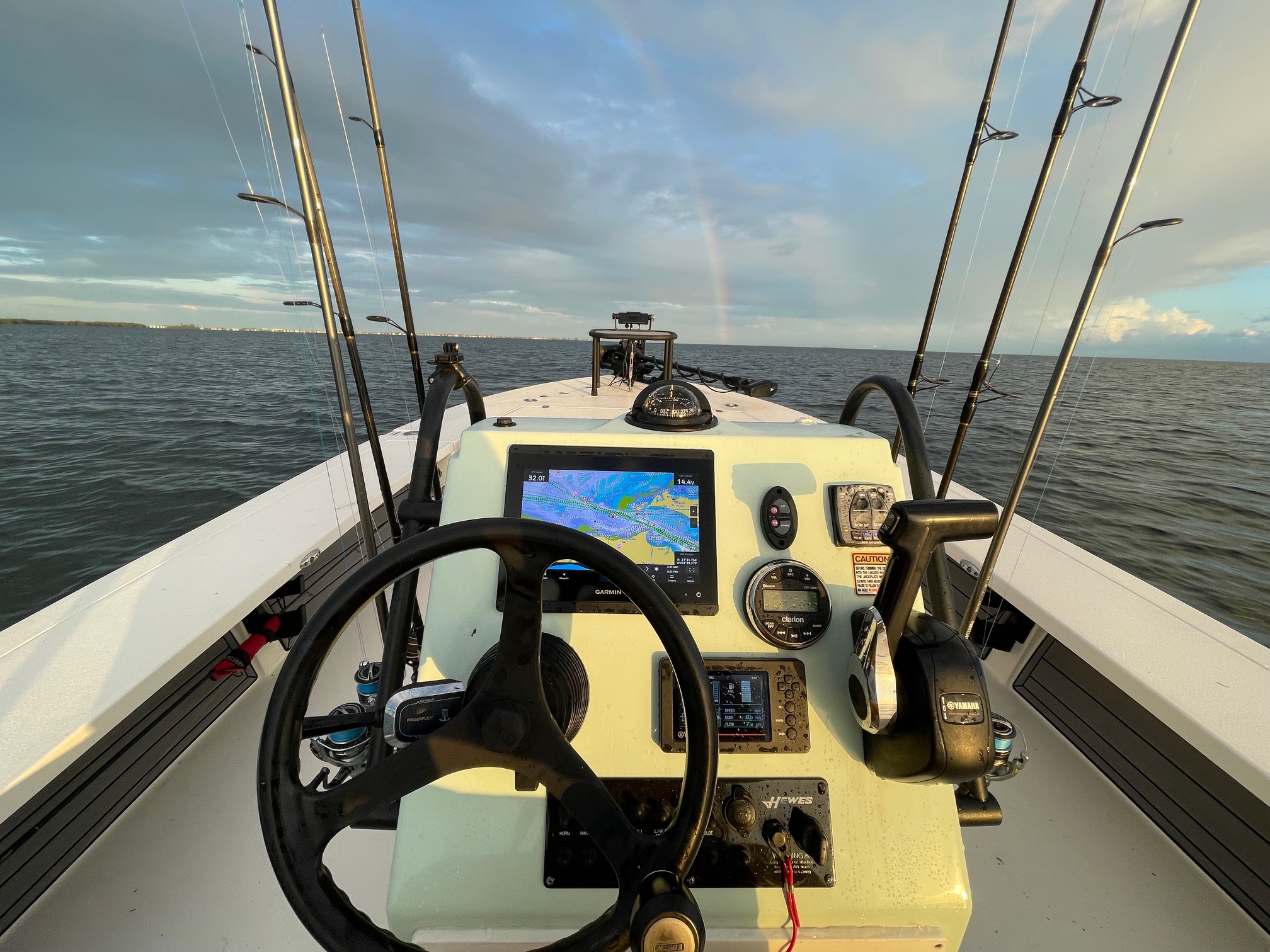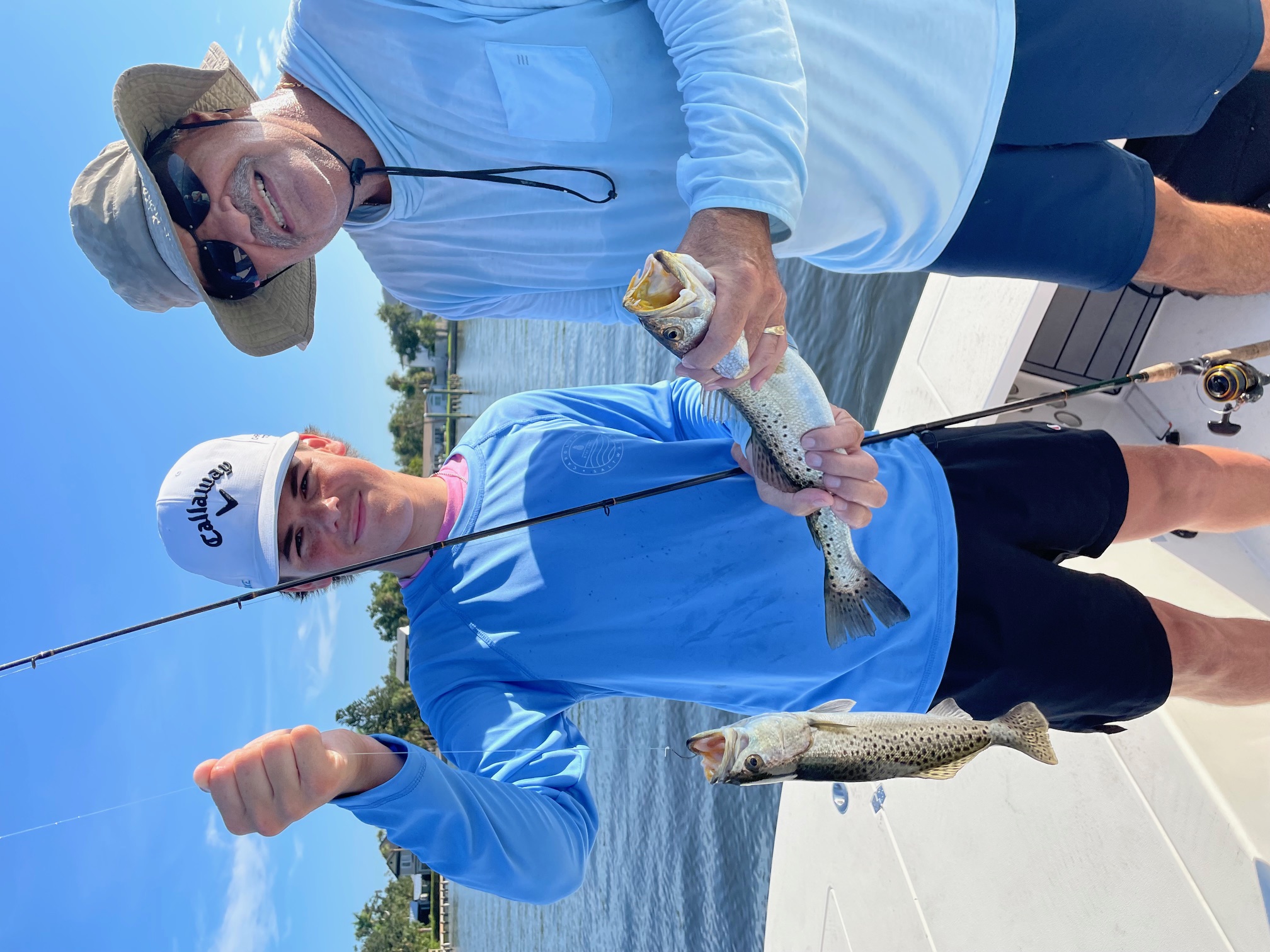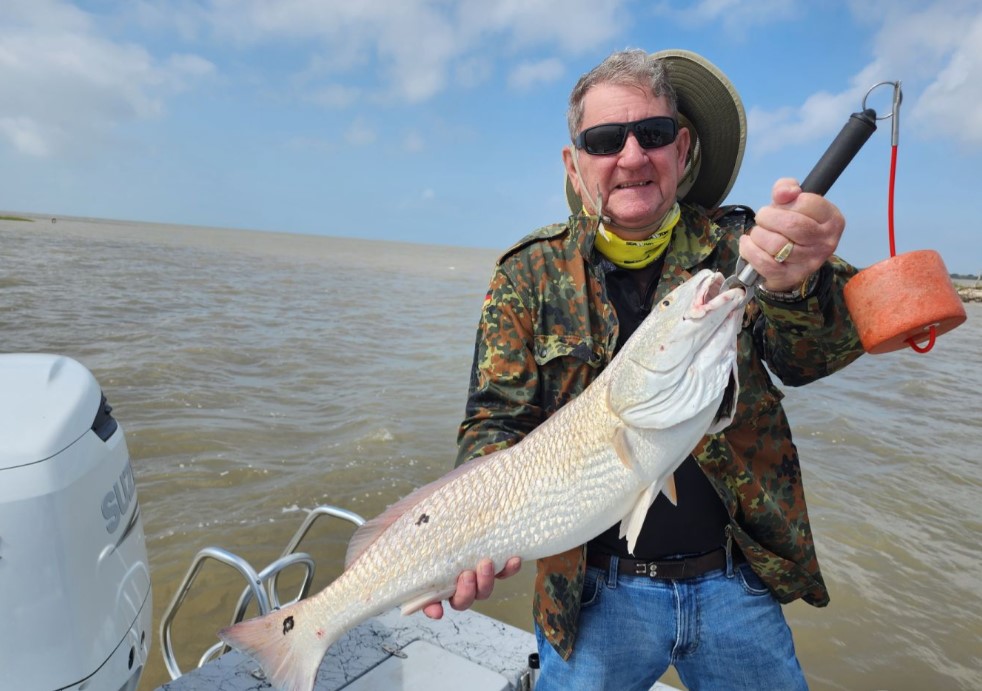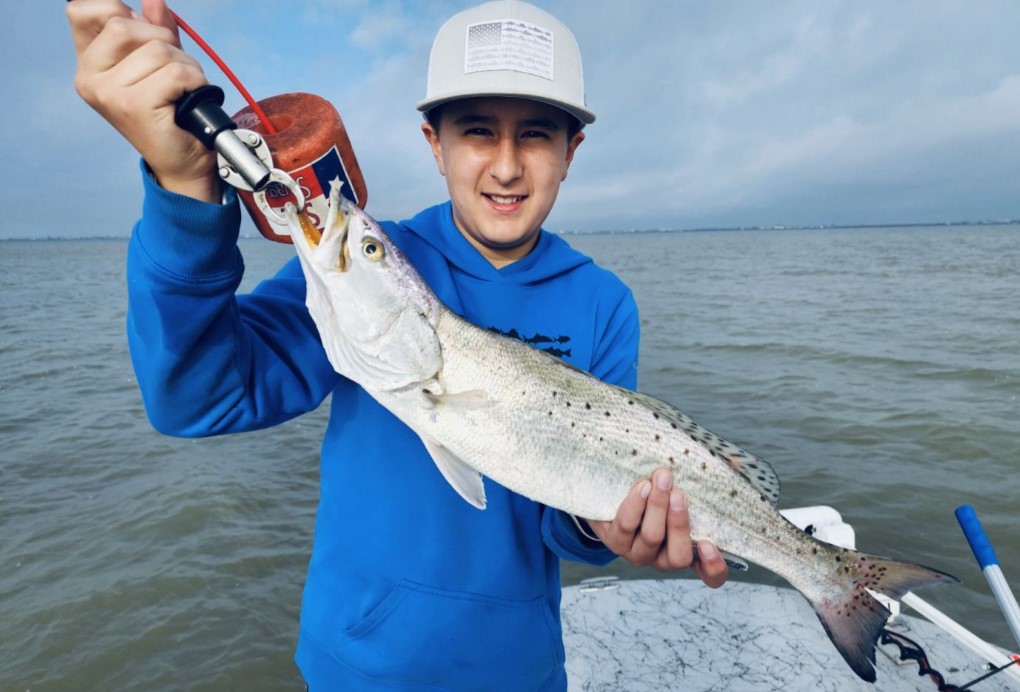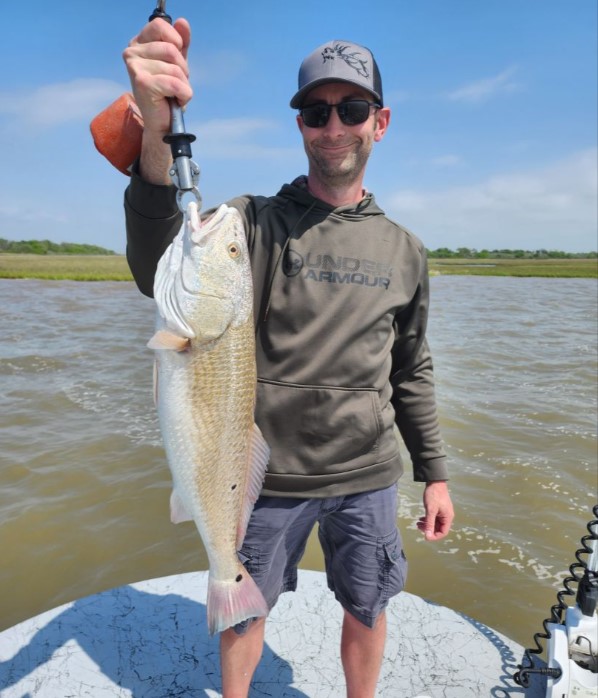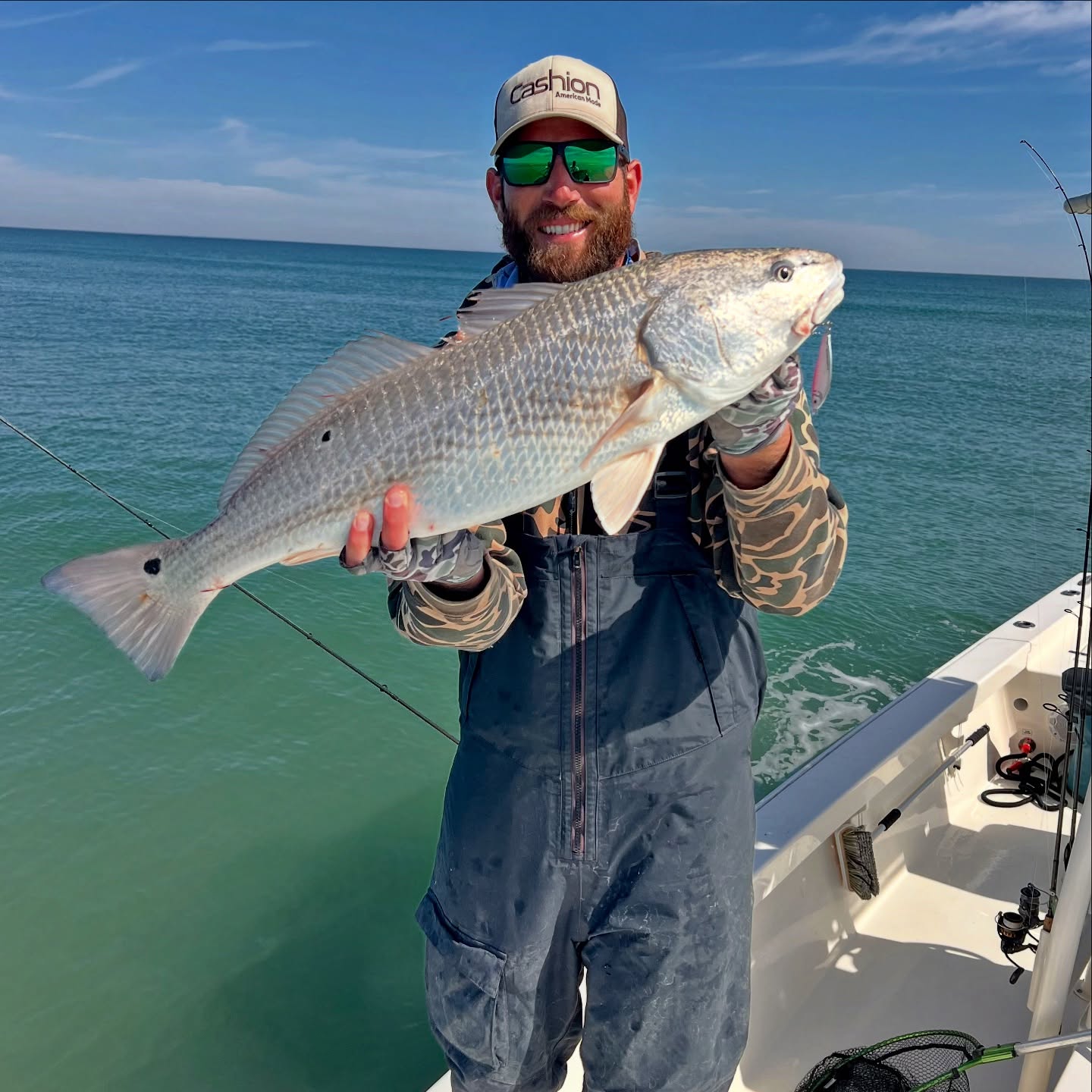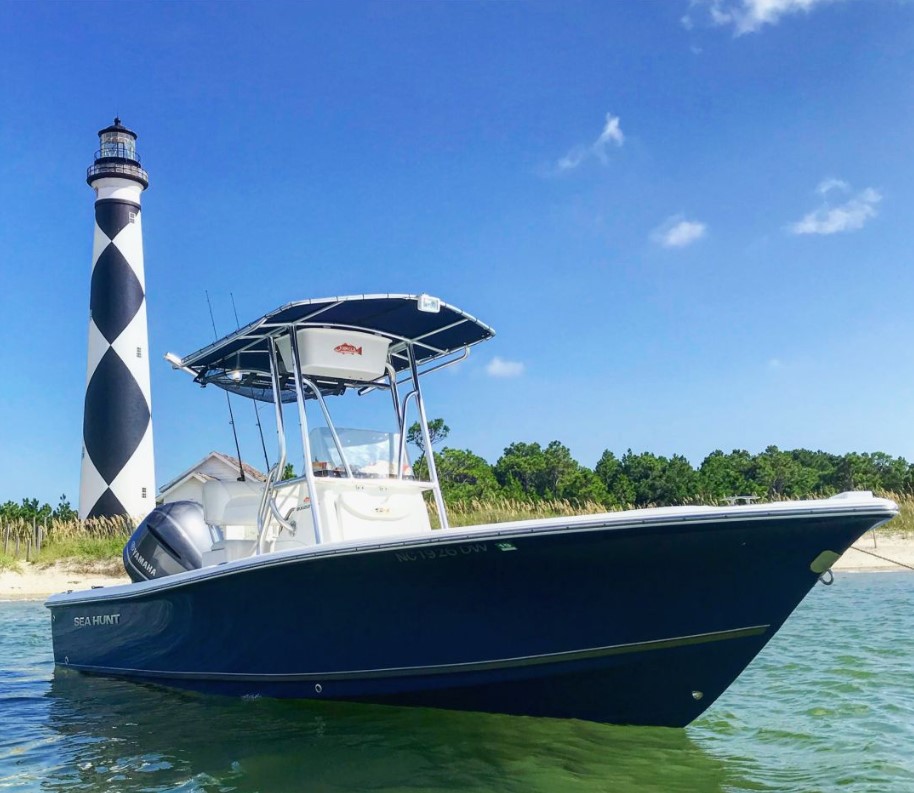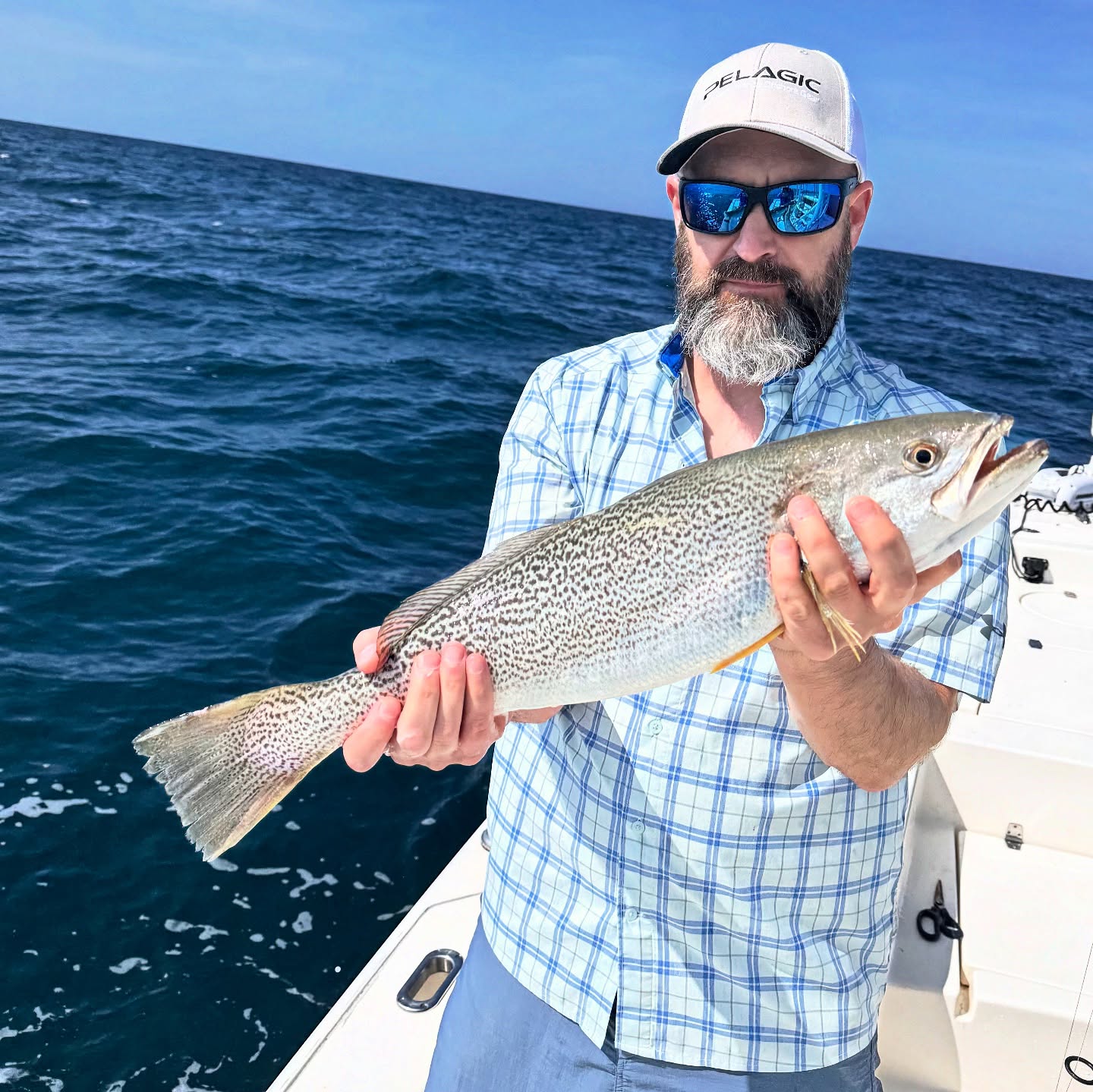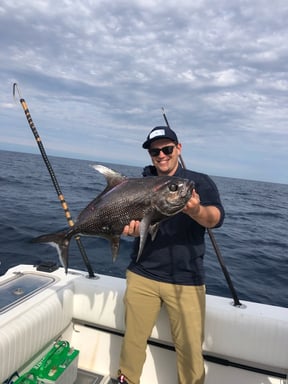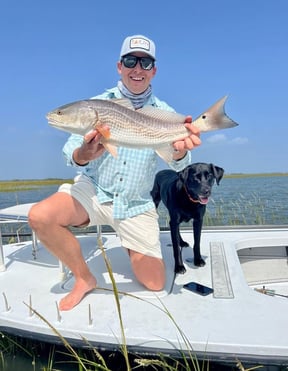Inshore Fishing in Corpus Christi
Hook, Line & Memories Fishing Trip
Inshore, Nearshore Fishing in Orange Beach
Spring Break 6 Hour Special Rate
Inshore Fishing Sanibel PineIsland
Inshore, Nearshore, Flats in Biloxi
Inshore/Nearshore Fishing Charters!
Inshore, Lake, Flats in Saint Bernard
Winter Special
Venice Inshore Fishing Charter
Inshore, Flats Fishing in Bokeelia
Half Day Trip – Inshore
Inshore Fishing in Holmes Beach
6 Hour Inshore Fishing - Anna Maria
Inshore, River, Flats in Matagorda
Matagorda Bay Fishing Charters
Inshore Fishing in Atlantic Beach
Inshore Fishing
We started Captain Experiences to make it easy to book fishing and hunting guides around the world. With over 2,000 Damn Good Guides, our platform makes finding and booking a trip seamless. Head here to check out our trips.
Saltwater anglers who dedicate their time chasing inshore species generally utilize waders, a skiff, or the bank to wet a line. Each approach has unique advantages that make them more effective in the right circumstances and are challenging when conditions are less than ideal. For many anglers, the experience each style of fishing offers is the deciding factor. Here’s a quick look at these popular approaches to inshore fishing and the different experiences they offer.
Wade fishing
From a distance, it’s strange to watch as anglers carefully shuffle around and cast at things only they can see. Wade fishing allows you to be immersed in the environment of your target species instead of spectating from above. At its core, wade fishing is a style of fishing where the angler is in the water. While wading, humans are out of their element which gives fish home turf advantage. Anglers slowly stalk through shallow water to get close enough to make a cast. Targeted casts with conventional or fly fishing gear require a lot of skill and makes success that much more rewarding. Stealth is a top priority because once a fish detects something is off, they flee the area. This often means that anglers are spread out and creates logistical issues. Wade fishing also forces anglers to be self-sufficient and carry all the gear they need to avoid a long trip back to shore or the boat. While wading may seem like an inefficient way to hit the water, it’s a great way to target fish that you otherwise couldn’t reach.
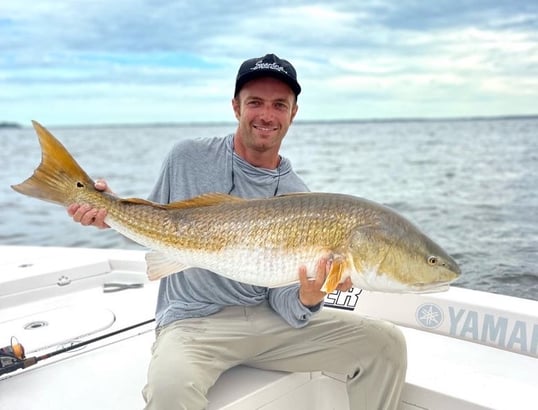
Fishing From a Skiff
Skiffs are long flat boats designed to float in very shallow water, allowing them to navigate in areas other boats can’t reach. Fish that inhabit skinny water tend to be skittish in nature. Similar to wade fishing stealth is crucial to success. Poling is when an angler uses a long pole to navigate the boat through the shallows instead of the engine. This technique minimizes the noise and disturbance of the boat and allows anglers to get closer to the fish without being detected. Fly fishing and light tackle are both common while fishing from a skiff. The deck of the boat elevates anglers and allows them to easily see fish which makes sight casting incredibly effective.
Bank Fishing
Fishing from shore is one of the most widely used approaches to catching various inshore fish. Almost any type of tackle can be used along with several different techniques. Bank fishing is simply fishing from the shore line and generally canvasing an area on foot to locate fish. While an angler’s mobility on land is better than it is in the water, casting distance and obstacles like tall grass limit the spots that can be targeted. Although bank fishing has a hard time covering water and is somewhat limited in the areas that can be reached, it’s a laid-back low investment fishing style that can be done by almost anyone.
Advantages and Disadvantages
Wading is a completely different experience compared to fishing from land or a boat. It allows anglers to be intimately involved with the behavior and environment of the fish they target. The feeling of being immersed with the fish is something you can't get without getting wet. However, fish are aware of their environment which also means getting close to them can be difficult. Drifting across a shallow bay in a boat allows you to cover much more water in a lot less time than it would take to shuffle across the same area while wade fishing. Both approaches allow anglers to pinpoint and accurately target the fish that are in the area. One way of fishing is not going to be more effective than the other it just depends on how you want to fish.
Joey Butrus
Updated on July 31, 2023
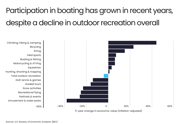
June 28, 2023
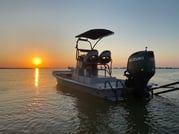
January 7, 2022
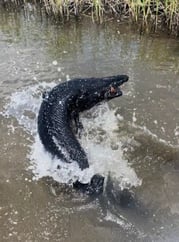
June 22, 2022
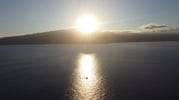
April 26, 2022

July 31, 2024
Related Articles
August 9, 2022
August 2, 2023
October 30, 2023
Featured Locations
- Fishing Charters Near Me
- Austin Fishing Guides
- Biloxi Fishing Charters
- Bradenton Fishing Charters
- Cabo San Lucas Fishing Charters
- Cancun Fishing Charters
- Cape Coral Fishing Charters
- Charleston Fishing Charters
- Clearwater Fishing Charters
- Corpus Christi Fishing Charters
- Crystal River Fishing Charters
- Dauphin Island Fishing Charters
- Daytona Beach Fishing Charters
- Destin Fishing Charters
- Fort Lauderdale Fishing Charters
- Fort Myers Fishing Charters
- Fort Walton Beach Fishing Charters
- Galveston Fishing Charters
- Gulf Shores Fishing Charters
- Hatteras Fishing Charters
- Hilton Head Fishing Charters
- Islamorada Fishing Charters
- Jacksonville Fishing Charters
- Jupiter Fishing Charters
- Key Largo Fishing Charters
- Key West Fishing Charters
- Kona Fishing Charters
- Lakeside Marblehead Fishing Charters
- Marathon Fishing Charters
- Marco Island Fishing Charters
- Miami Fishing Charters
- Montauk Fishing Charters
- Morehead City Fishing Charters
- Naples Fishing Charters
- New Orleans Fishing Charters
- New Smyrna Beach Fishing Charters
- Ocean City Fishing Charters
- Orange Beach Fishing Charters
- Panama City Beach Fishing Charters
- Pensacola Fishing Charters
- Pompano Beach Fishing Charters
- Port Aransas Fishing Charters
- Port Orange Fishing Charters
- Rockport Fishing Charters
- San Diego Fishing Charters
- San Juan Fishing Charters
- Sarasota Fishing Charters
- South Padre Island Fishing Charters
- St. Augustine Fishing Charters
- St. Petersburg Fishing Charters
- Tampa Fishing Charters
- Tarpon Springs Fishing Charters
- Venice Fishing Charters
- Virginia Beach Fishing Charters
- West Palm Beach Fishing Charters
- Wilmington Fishing Charters
- Wrightsville Beach Fishing Charters
